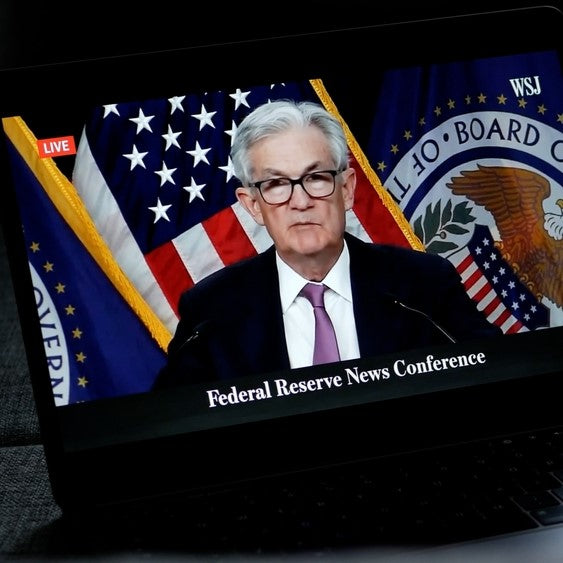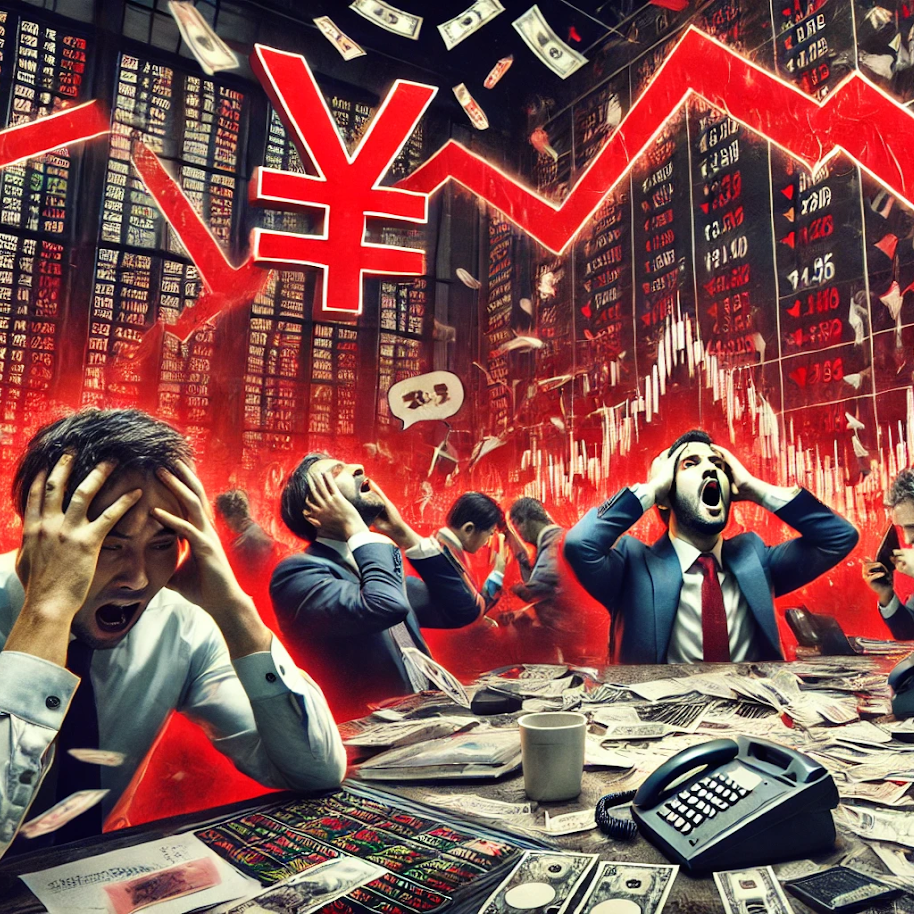Gold prices have been on a significant journey so far this year, reflecting the economic uncertainties and market expectations that have shaped the global financial landscape. As of now, gold has maintained its allure as a safe-haven asset, with prices showing resilience amid varying economic signals. A significant catalyst for the recent movements in gold prices has been the positive news surrounding potential interest rate cuts, which emerged from the Jackson Hole Economic Symposium. This annual gathering of central bankers and financial experts has traditionally been a critical event for setting the tone of global monetary policy, and this year was no different. The markets have swiftly reacted to this news, with gold prices spiking as investors digest the implications of a potential shift in monetary policy.
Spike in Gold Prices in Reaction to the News from Jackson Hole

Rising gold prices are a boon to the bull market that gold has experienced this year
In the immediate aftermath of the Jackson Hole announcements, gold prices experienced a notable spike. Gold futures climbed by 0.38%, reaching $2,556.10 per ounce in New York trading. This increase is a direct response to the growing expectation that the Federal Reserve will soon pivot from its current stance and begin cutting interest rates.
Kaynat Chainwala, AVP-Commodity Research at Kotak Securities, commented on this movement, stating, "Comex Gold December futures movement is driven by expectations of a Fed pivot. Today, COMEX Gold trades above $2,545/oz as the dollar slipped to its lowest since July 2023, and US 10-year treasury yields remain below 3.8%." This sentiment was echoed by Pranav Mer, Vice President at EBG, who noted, “Gold continues to trade positively, supported by rising rate cut bets and safe-haven demand due to escalating tensions in the Middle East. Central bank buying and ETF investments are also expected to provide additional support in the near term."
What We Actually Learned from Jackson Hole

Joshua Earle / Set within the idyllic Grand Teton National Park in Wyoming, The Jackson Hole symposium play’s host to the most important figures in global finance each year
The Jackson Hole Economic Symposium is one of the most anticipated events in the financial calendar, where central bankers, policymakers, and economists gather to discuss the most pressing issues facing the global economy. This year, the symposium took on even greater significance as market participants were keen to gauge the future direction of monetary policy amid a rapidly changing economic landscape.
One of the key takeaways from Jackson Hole was the significant progress made in the fight against inflation. Over the course of 2023, inflation rates in major economies, particularly the United States, have fallen sharply from their 2022 peaks. This decline has been a result of aggressive monetary tightening by central banks, which raised interest rates to curb the inflationary pressures that had built up due to supply chain disruptions, labour market constraints, and surging demand following the pandemic. By the time of the Jackson Hole meeting, inflation was well on its way to hitting central banks' long-term target of 2%, a level that is generally considered conducive to stable economic growth.
Federal Reserve Chair Jerome Powell’s remarks at Jackson Hole provided clarity on the Fed's upcoming actions. He confirmed that the Federal Reserve is planning to begin cutting interest rates on September 18th, marking a pivotal shift from the tightening cycle that has dominated much of the past two years. This announcement was a welcome development for markets, which had been eagerly awaiting signs that the Fed would ease its restrictive monetary stance as inflation pressures subsided.
Powell's message was reinforced by Andrew Bailey, Governor of the Bank of England, who shared insights into the UK’s economic outlook. Bailey, along with Powell, sought to address concerns that lowering interest rates could derail economic growth. Both central bankers emphasized that their goal is to achieve a delicate balance: reducing inflation to their target level without tipping their economies into recession. Bailey and Powell’s statements underscored their confidence that the economies of both the UK and the US could withstand a reduction in borrowing costs without sacrificing growth.

On August 5th, traders across the world panicked, with markets reacting to bad economic data and the yen carry trade unwinding
However, the officials also acknowledged the complexities of this transition. The challenge lies in timing the rate cuts correctly—too fast, and there could be a resurgence in inflation; too slow, and economic growth could stagnate. The significance of pacing the rate cuts was further underscored by the market turmoil that occurred in early August.
A combination of lacklustre US jobs data and an unexpectedly hawkish stance from the Bank of Japan led to a brief period of volatility, illustrating the fragile state of global markets. This episode served as a reminder that while the trajectory for interest rates may be downward, the journey could be fraught with challenges. Central banks will need to navigate these waters carefully to maintain market confidence and ensure a smooth transition to lower interest rates.
Rate Cuts' Effect on Gold Prices
The anticipated rate cuts have significant implications for gold prices. "Once we get the first rate cut, it will shift sentiment," says Noah Damsky, CFA at Marina Wealth. "Investors will refocus their attention to when and how frequently the Fed will cut interest rates, not if they will decline. As interest rates decline, you'll see savers move from bonds back into other asset classes such as gold."
Lower interest rates generally lead to increased borrowing and consumer spending, which can boost demand for gold-related goods, such as jewellery and electronics. Additionally, if these cuts lead to a rise in inflationary pressures, gold could benefit further as it is traditionally viewed as a hedge against inflation.
J.P. Morgan’s pivot towards Gold

Precious Madubuike / J.P.Morgan are one of the largest financial institutions in the world
Market leaders like J.P. Morgan have also taken notice of these developments, adjusting their outlook on gold accordingly. With a strong structural bull case for gold still intact, J.P. Morgan has upgraded its price targets for gold for the remainder of this year and into 2025. The firm now expects gold prices to reach $2,500/oz by the end of 2024, driven by an anticipated Fed rate-cutting cycle starting in November 2024.
Gregory Shearer, Head of Base and Precious Metals Strategy at J.P. Morgan, commented, "The direction of travel is still higher over the coming quarters, forecasting an average price of $2,500/oz in the fourth quarter of 2024 and $2,600/oz in 2025, with risk still skewed toward an earlier overshoot." This outlook underscores the growing confidence among investors that gold will continue to climb as monetary policy shifts.

In conclusion, the prospect of interest rate cuts has injected new life into gold markets, with prices already reflecting the anticipated shift in monetary policy. As central banks, particularly the Federal Reserve, prepare to lower rates, the demand for gold is likely to remain strong, driven by both safe-haven buying and increased consumer demand for gold-related products. With major financial institutions like J.P. Morgan upgrading their gold price forecasts, it is clear that the market sees a bright future for gold as we move into a period of monetary easing. Investors will be closely watching how these rate cuts unfold, knowing that gold stands to benefit significantly in this new economic landscape.




Leave a comment
This site is protected by hCaptcha and the hCaptcha Privacy Policy and Terms of Service apply.